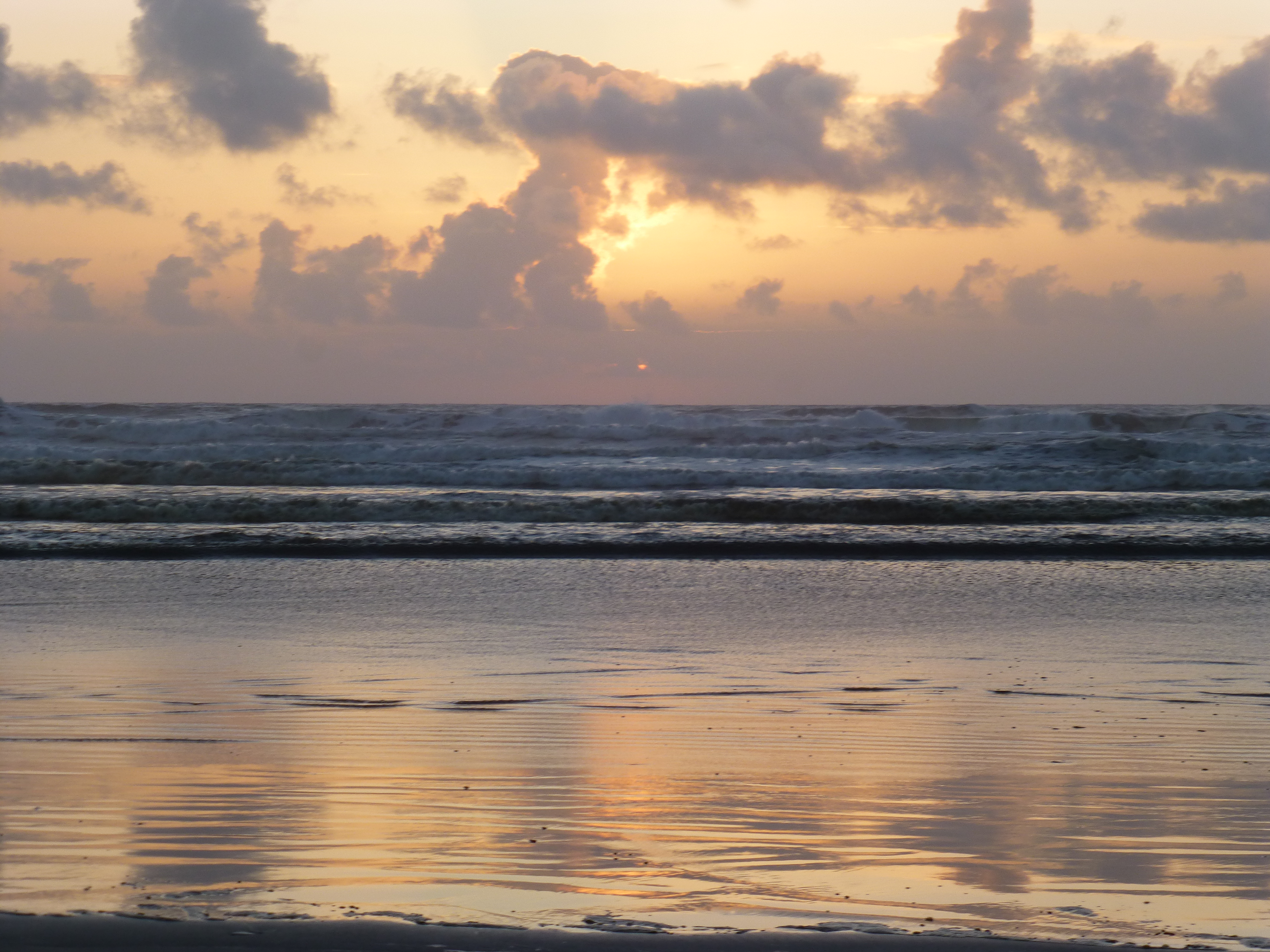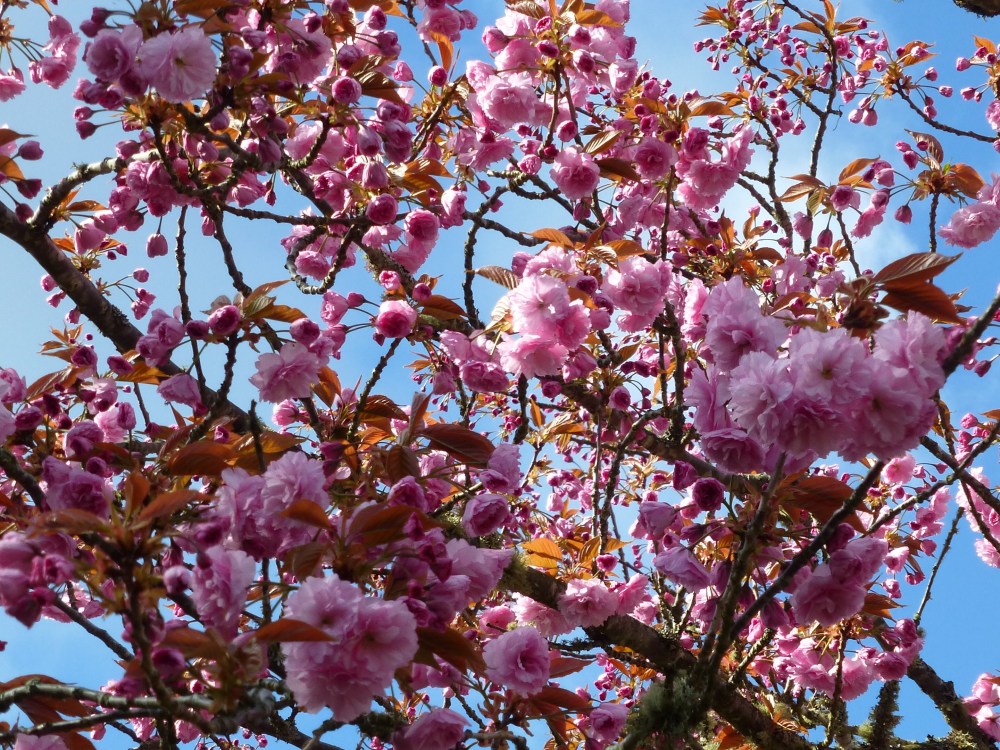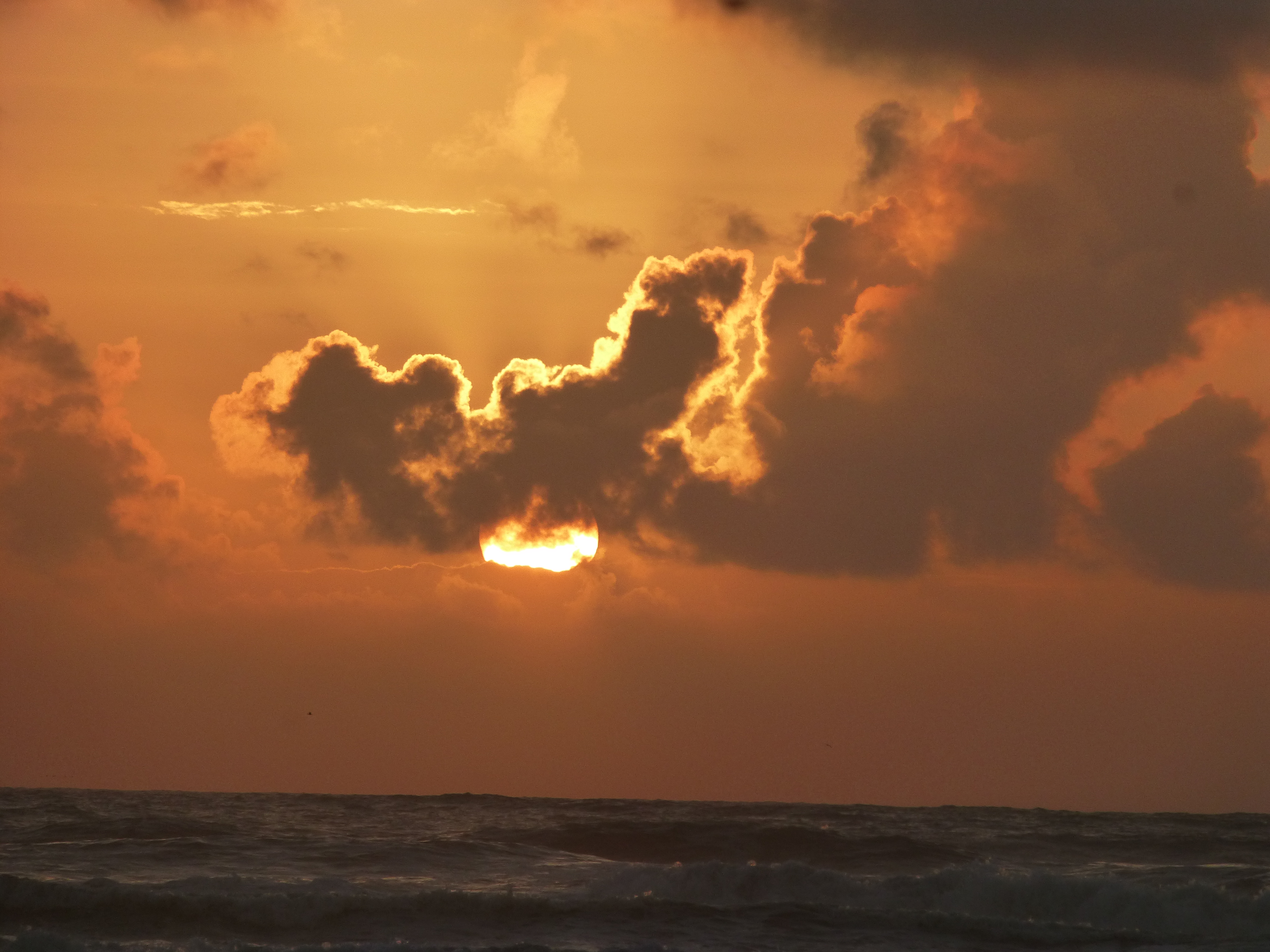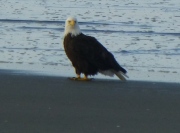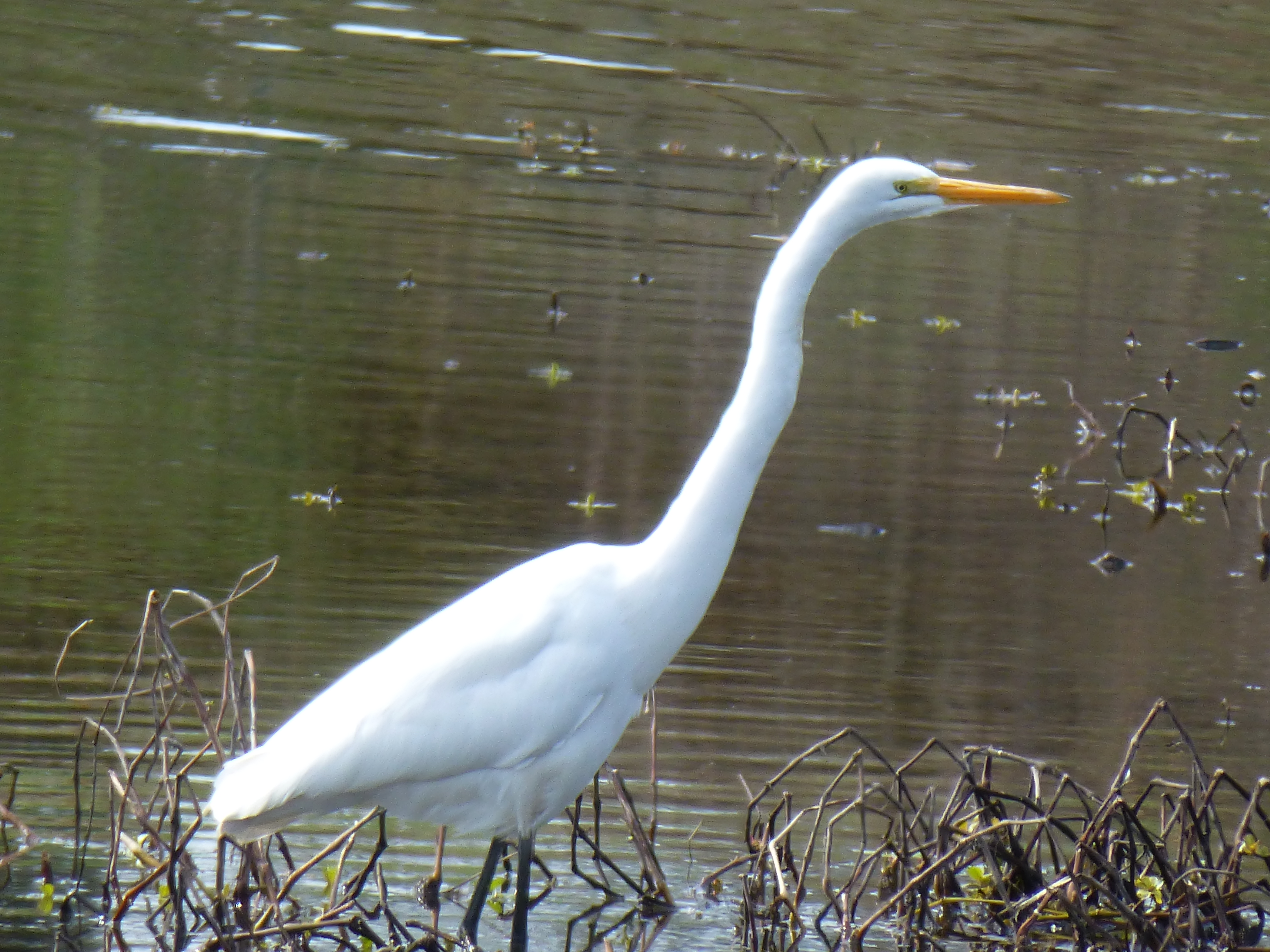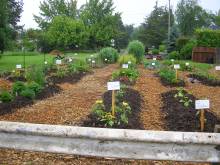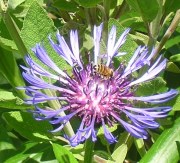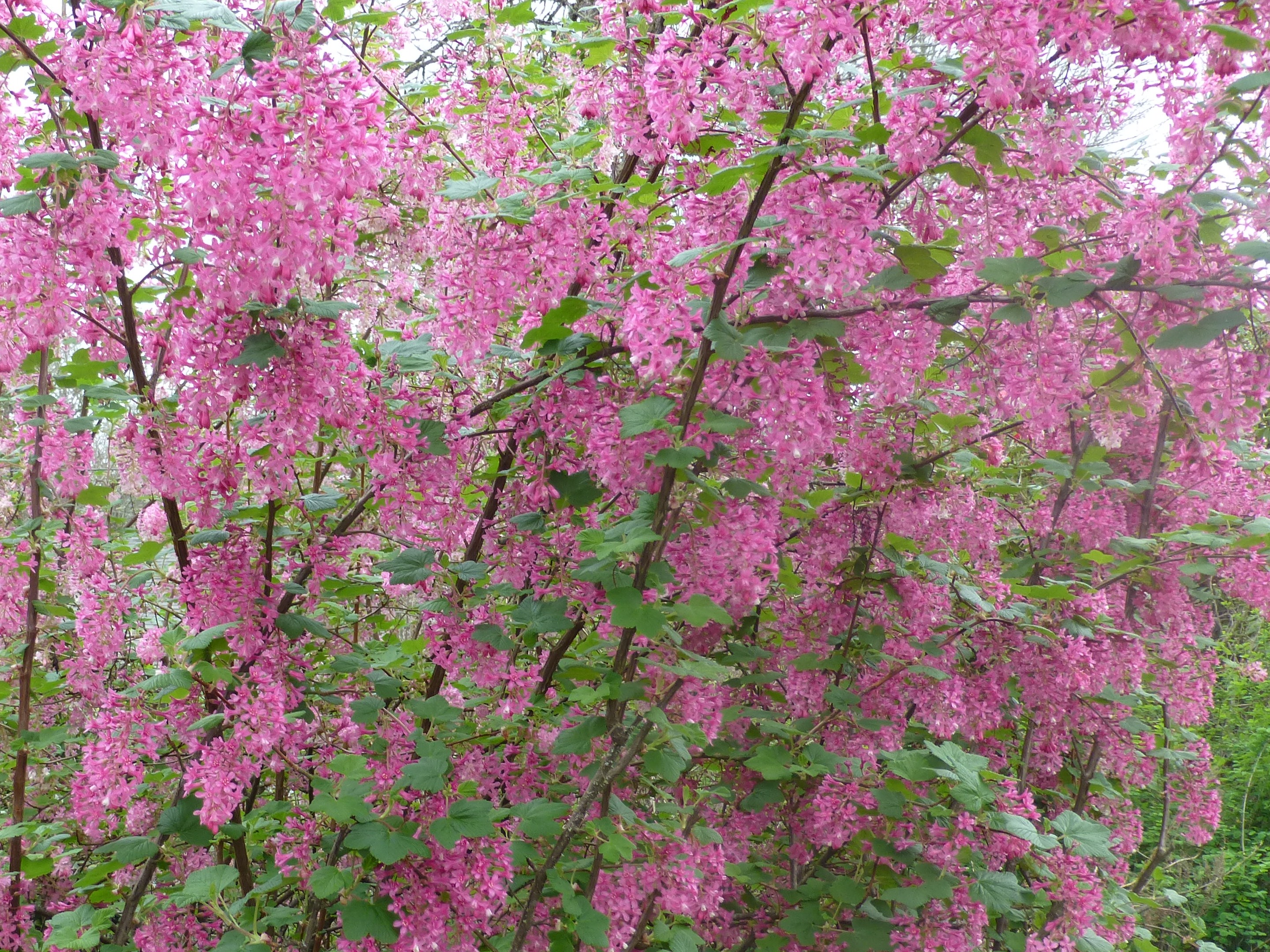By Madronna Holden
Updated 5.17.2012
Many of us buy too much for the wrong reasons and throw away too much as well. Even as we gauge the health of our economy by continued “growth” in dollar exchanges, the earth is groaning under the weight of our consumerism.
This is vastly different from the kinds of person to person exchanges that we find to nourish us at local small businesses and farmer’s markets—and a few larger businesses of conscience.
We have some hard-won warning labels outlining the health effects of cigarette smoking and side effects of drugs and pesticides (though the latter may be placed in print so tiny it is virtually unreadable).
But what if we looked at the larger picture? My student Alyssa Bellamy suggested this warning label be places on all consumer items:
Warning: Consumption of this product means you have been brainwashed. Continued use may lead to your becoming ignorant, ill, and to further degradation of our earth and of the women and children and slave labor used to produce this product. And also, you may be tormented with never being satisfied and always trying to catch up.
My student Amanda MacKenzie suggested the items on this list:
Caution: Think before you buy this product.
- Are you purchasing an item that supports making a quick buck for someone rather than ensuring the planet’s health for our future and for our children’s future?
- Do you really need this product? Do you want to be responsible for the way it was produced? Continuing to purchase unsafe products produced by laborers working under conditions you would reject for yourself or your family will exaggerate these environmental toxins and labor practices. If we keep buying such products, there is no incentive for companies to change their ways.
- When we turn to consumerism, we become desensitized little by little. We start feeling entitled, which opens up the pathway to competition’s replacing caring in us. This causes other humans to appear as potential threats. This may manifest itself in small ways, like trying to keep up with the Joneses or starting a rumor so you get promoted instead of your co-worker. This attitude can fester in a society and become more insidious, leading to war, rape, starvation, poverty, and a general disregard for the well-being of others.
I think Amanda’s analysis of the ways in which consumerism erodes our social fabric are especially astute.
Such “think before you buy” cautions ought to go not only on consumer products, but on the ads that we are liable to see flood the media with every political campaign as a result of the recent Supreme Court decision approving unlimited corporate campaign spending.
I would add the following items to the list above in assessing both purchasing choices and campaign ads:
- Someone somewhere is paying for this ad. YOU or your quality of life or that of your children may be part of the cost.
- All consumer products or ads support particular values. An alert consumer will assess these values and if you don’t want to support these, don’t buy the product—or vote for it.
- Does this ad speak to your ability to make decisions for yourself or does it attempt to manipulate you? Don’t support anything that demeans you.
- Who really benefits if you buy this ad or vote this way? (hint: check out who funded the ad.)
- Does this ad attempt to scare or threaten you? There is no reason to support this.
- What information or support is there to back up the statements in this ad? Beware of fake “experts”. Do you know, for instance, that many of the supposed “doctors” on tv ads are hired actors?
- If you see the same ads over and over that you didn’t like the first time, stop watching them. There is a subconscious effect of such ads—even if you consciously feel you are ignoring them.
To keep our shared earth as well as our democracy safe and vital we need more than ever to follow the dictum: Think before you buy”. Here are links to websites that share information on consumer choices.
Join us in expanding this list. What warning labels would YOU place on media ads, campaign ads or consumer products?
To lead us off here is Marla Chirstensen‘s think before you buy warning label:
“Have you done your research? Which company is behind this product? How are their products manufactured? What toxins are in the product that will harm your body, the employees that manufacture it and/or the environment? What policies does this company have with regard to employee safety and long term protection for our earth?”
And here are Shawna Canaga‘s warnings:
“WARNING: Purchase of this product will lead to destruction of your self-esteem, your planet, and your voice for change.
WARNING: Families, women, and children world-wide have been displaced, lost farmland, are starving, incur disease, and are being violently oppressed so you may have this item. Is this what you want your dollars to do?
WARNING: This ad contains material which leads to anorexia, bulimia, self mutilation, violence against women, low self esteem, depression, severe personal debt, oppression of minorities, suicide, patriarchal support, increased division between the poor and the rich, addiction, sexual assault, and the continued consumer driven reinforcement of the idea that YOU’RE JUST NOT EVER GOING TO BE GOOD ENOUGH.”
And here is Molly Saranpaa‘s warning label:
“WARNING: We are attempting to distract you from anything and everything that does not concern amassing or consuming material goods. Over the years, we have spent billions trying to figure out how your mind works so we can subconsciously persuade you to buy this product (and countless others). We know that you really don’t NEED this product, but beware; we know how to make you WANT it.
“Be careful, without you being fully aware of it, we can skew YOUR values so that they line up with OURS. We value money and stuff above all else. We don’t care about our planet or the people who live on it. We have no conscience, no feelings and ultimately no remorse for what we do because we are a corporation. We can distort your personal values so much that before you know it, you will equate your own value (and that of those in your world) by the useless material possessions that you will never be able to get enough of. We think you are foolish and naive enough to by whatever it is you are selling.”
And Kirsten Tilleman added this:
“Warning: Would you want your child to visit the farm where this meat was raised?
And we might add, would we want our child to visit the factory where other products are manufactured?”
From Darcy Meyers here is an additional reminder of the importance of images in selling (and labeling) c0nsumer products:
“Since people consume goods based on images, I think we should also warn consumers about the effects of this consumption with images. For example, would you want to buy a can of tuna with a dead dolphin or seal on the front of the can? Or, what if a picture of the oil spill in the gulf was on every gas pump?”
And here are some suggestions from Carol Davis:
For media:
WARNING: The intent of this ad is to make you feel bad about your physical appearance in hope that you will buy our product(s) so we can laugh our way to the bank.
For campaign ads:
WARNING: This is part of a huge popularity contest and the purpose of this ad is to tell you exactly what you want to hear so you will vote for me/us. Be advised, I/we will not actually do what I/we said, it’s just for your vote.
On this point I would add,
Warning: Know who is funding this candidate.
For consumer products:
WARNING: Should you decide to purchase this product, this company will make more from this item than the laborer that assembled it will make in a month, maybe a year, oh, maybe even 10 years. They will continue to struggle to feed their family, while our company president will buy more food than he/she needs.
Here is “warning” from Marissa Dubay to place on conventional meat products:
WARNING: This product has been factory farmed, prepackaged, and laced with chemicals, hormones and food additives/dyes for your convenience. Ingesting this product can result in health risks that may include cancer, heart disease and high cholesterol. The animal that was slaughtered for your consumption may have been subject to brutal abuse and unsanitary living conditions, denied natural instinct or diet, and raised in an area so small it could not complete a 360 degree rotation for the duration of its short life. The production, processing, and transportation of this product uses large quantities of fossil fuel, depleting finite resources and contributing to global climate change. Your purchase ensures the continuation of these practices and increases demand for them.
And here is a pointed caution from Lindsay Longwell about the ways that modern products supplant our own knowledge and skill:
“ Warning: You did not put the work into growing this product, you did not sew it, ship it, package it, harvest it, you put no effort into this purchase at all, What would you do tomorrow if the world you knew disappeared forever?”
What Labels Really Mean Today
Labels can be very helpful in making healthy and responsible choices. However, you will also want to avoid “greenwashing”– labels that mean absolutely nothing, such as “natural”, “cage free” or “antibiotic free”. For what labels really mean, check out this detailed explanation in the March 2011 Audubon.
Filed under: Environmental ethics, environmental philosophy, Environmental psychology | Tagged: advertising, consumerism, environmental philosophy, Environmental psychology, political campaign ads | 163 Comments »




